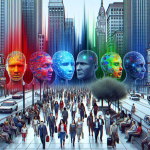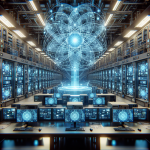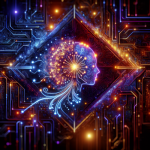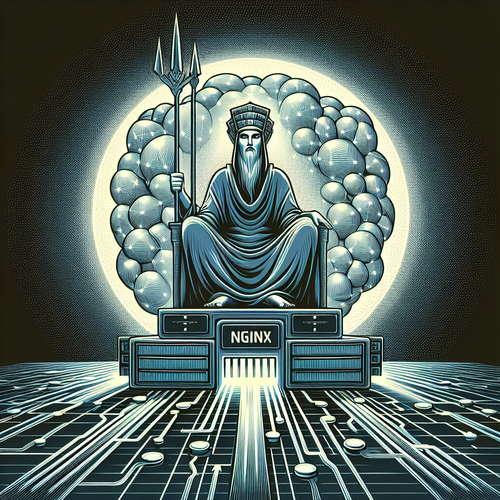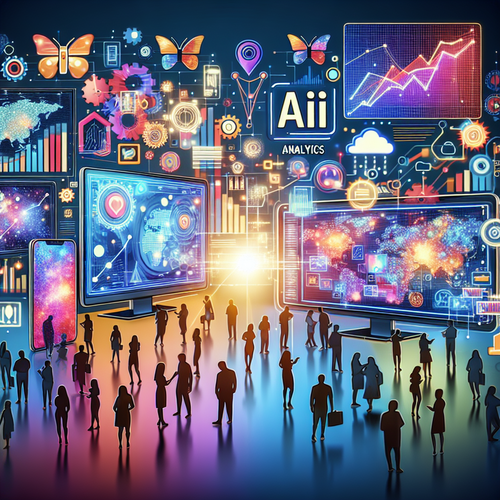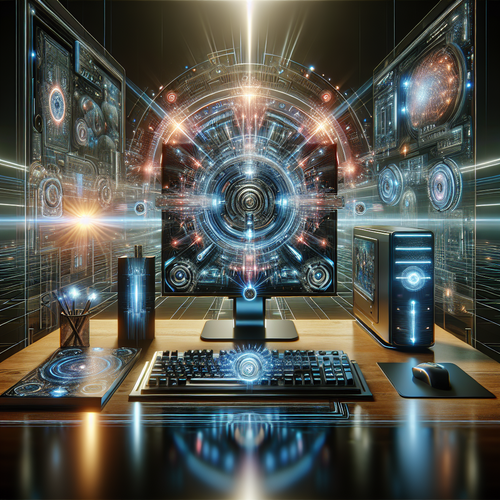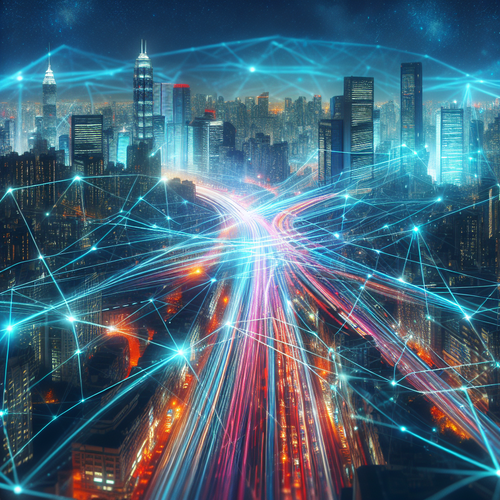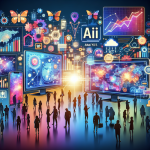
Understanding Generative AI for Content Creation
Understanding Generative AI for Content Creation
Generative AI is revolutionizing the way content is created across several domains, breaking traditional barriers and paving the path for innovative models and tools. This tutorial will delve into what generative AI is, its applications, examples, and the change it is inspiring within content industries.
What is Generative AI?
Generative AI refers to AI systems that can create new content, whether it’s text, images, audio, or more. By utilizing neural networks and learning patterns from existing content, generative AI can craft new content with minimal human intervention.
Applications of Generative AI
Generative AI finds use in a variety of areas:
- Text and Language: Platforms like OpenAI’s GPT models (Official site) generate coherent text that can be used in articles, stories, or interactive content. They continue to gain traction in content creation for digital publications and educational materials.
- Art and Design: Tools like DALL-E render original artworks based on textual descriptions. They are vastly popular among graphic designers and digital artists.
- Music: AI can also compose music pieces, adjusting styles and instrumentations to match human preferences, thus aiding music producers.
Real-World Examples
Different industries are capturing the potential of generative AI:
- Marketing: Brands utilize AI-generated content for personalized advertisements and dynamic content which adapt in real time to consumer interactions.
- Entertainment: Film studios are exploring generative AI for scriptwriting and visual effects.
- Healthcare: Creation of personalized patient reports and simulation of chemical properties for research.
The Future of Content Creation
The evolution of generative AI indicates a future where content creation is faster, more dynamic, and data-driven. As it matures, the cost-effectiveness and quality of content at scale will revolutionize industries. Moreover, ethical monitoring and governance will ensure its responsible deployment.
Troubleshooting and Challenges
Despite its potential, generative AI comes with challenges:
- Bias and Ethics: AI-generated content may manifest biases inherent in training data, necessitating conscientious oversight.
- Creativity Limitations: While AI can simulate creativity, it may not replicate the nuanced creativity of humans fully.
- Resource Intensity: Generative models demand significant computational resources, presenting infrastructure challenges.
For those considering integrating AI in their processes, start by experimenting with freely available tools exploring how similar platforms already in use, such as seen in our guide, Exploring Quantum Internet, achieve comparable feats.
Summary Checklist
- Understand generative AI’s concept and applications.
- Explore tools for generating text, art, and music.
- Identify potential real-world applications.
- Acknowledge challenges like bias and resource needs.
- Take a trial approach with open-source AI platforms.
Incorporating generative AI effectively requires understanding its capabilities and restrictions. As tech landscapes yield faster adaptations, content creators see transformations not just in how content is made but also in the resulting audience engagement.

